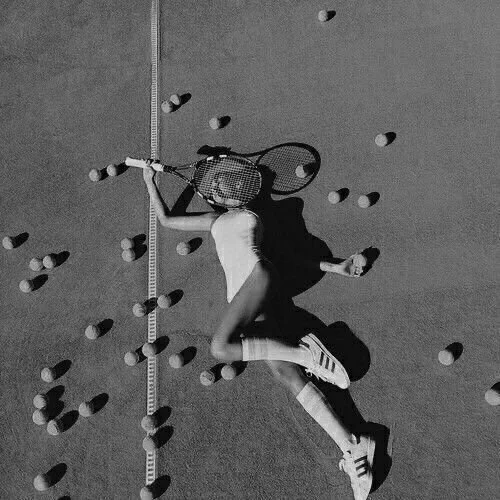Athleisure, Activewear & the UAE Start-up Boom
Dubai has become a global wellness hub, everywhere I look I'm surrounded by gorgeous Boutique Gyms, Reformer Pilates Studios, beach runs, and Yoga mornings. (I mean did you even do Reformer if you didn't take an Instagram pic of it in your Alo set), Plus pair that with the city’s entrepreneurial spirit and increasingly streamlined business setup for expats, and it’s no surprise that so many people are looking to launch their own activewear line.
It often starts with passion: you love a sport, you see a gap, and you think why not create something better?
But making it work here isn’t so straightforward. There are some big roadblocks:
1) Brand Identity in a Luxury Hub
Dubai is a massive luxury fashion market, but more importantly full of expats trying to find like minded people, and I personally haven't experienced anywhere like Dubai, where what you wear signals a certain belonging. Brands like Alo, Adanola, LLL, and a few years back The Giving Movement, becomes a uniform and a way to signal that you are apart of a certain community. So how do you break into that? How do you get your label seen as a status marker and not “just another brand”?
2) Start-up Survival Rates
Apparently globally, around 60–70% of fashion start-ups fail in their first year. Yikes! that's scary!
3) Specialised Skills
Most founders start lean, doing everything themselves. But fashion is more technical and specialised than many realise: from product development, to fit, to production, to grading. Skipping expertise at the start can cost more in the long run.
So what can a start-up brand do to future-proof themselves?
Define the Purpose
A product that looks good is no longer enough. The fashion industry is oversaturated, and consumers are more mindful than ever about overproduction and waste. So pause and ask: why should this product exist? What gap does it fill? Is it genuinely useful, solving a problem or addressing a need?
Your product also has to reflect your brand values. Today’s customers want to buy from brands that stand for something, whether that’s sustainability, ethics, or authenticity. That message needs to be more than a tagline it should run through every part of your brand: from your visuals and community to your product strategy and the way people experience your brand.
Think Big from the Start
Even if you’re starting small, don’t think small. The most successful brands are built with long-term scalability in mind. That means choosing fabrics that can return season after season, building continuity with margin-friendly core pieces, and identifying materials that anchor your range.
It also means thinking strategically about your supply chain. Can it handle growth? Do you have processes for sourcing, production, and quality control that will save time and stress later? Every decision every fabric, every design, every launch should align with your bigger vision of where your brand will be in three, five, or ten years.
Nail the Technical Execution
This is where a lot of start-ups stumble. Strong design needs flawless execution to work in the real world. Detailed tech packs and CADs aren’t optional they’re the tools that ensure production partners can deliver what you envision, saving both time and money.
Sizing and grading also need careful thought. Tailor them to your customer, not just industry averages, to achieve consistent fit and customer satisfaction. Attention to detail might sound broad, but it’s the single biggest factor in avoiding costly mistakes, maintaining credibility, and building trust.
Bring in a Pro
Even with the best planning, product development is specialised, time-consuming, and detail-heavy. That’s where bringing in a freelancer can make a huge difference. Whether it’s support with design, tech packs, fittings, sourcing fabrics, or building scalable supply chains, an experienced freelancer ensures smooth, cost-effective execution.
For founders, it means you can focus on the vision while knowing the technical side is handled professionally. And collaboration doesn’t have to be all-or-nothing it can be project-based, seasonal, or end-to-end support depending on what you need.
Final Thoughts
Launching a fashion brand is exciting, but it’s also one of the toughest industries to break into. The brands that succeed are those that balance creativity with structure, strategy, and technical excellence. By laying strong foundations, creating products with purpose, and thinking long-term from the start, you give your brand the best possible chance to not just launch, but last.
